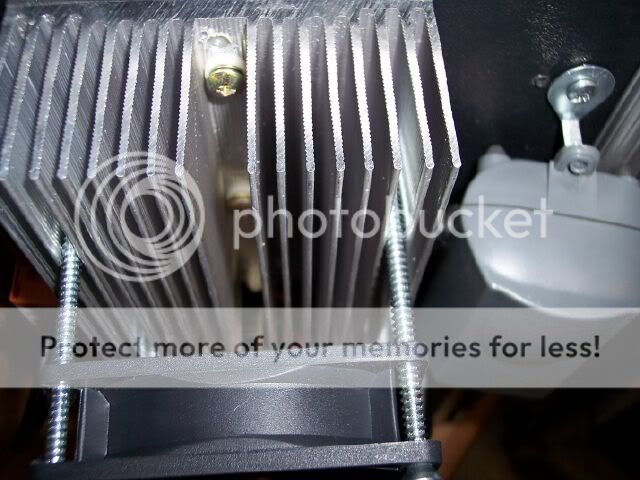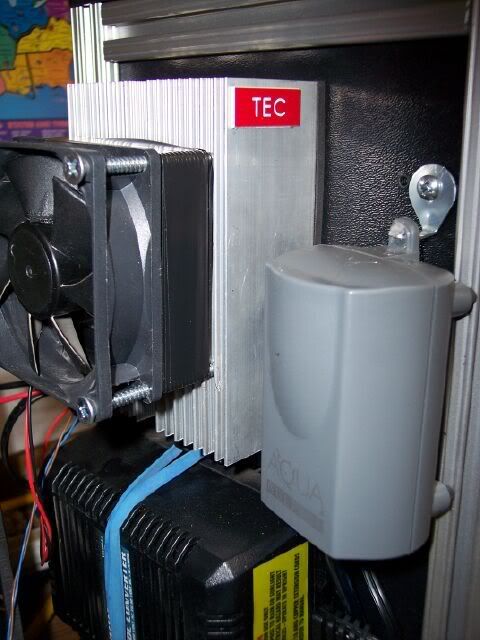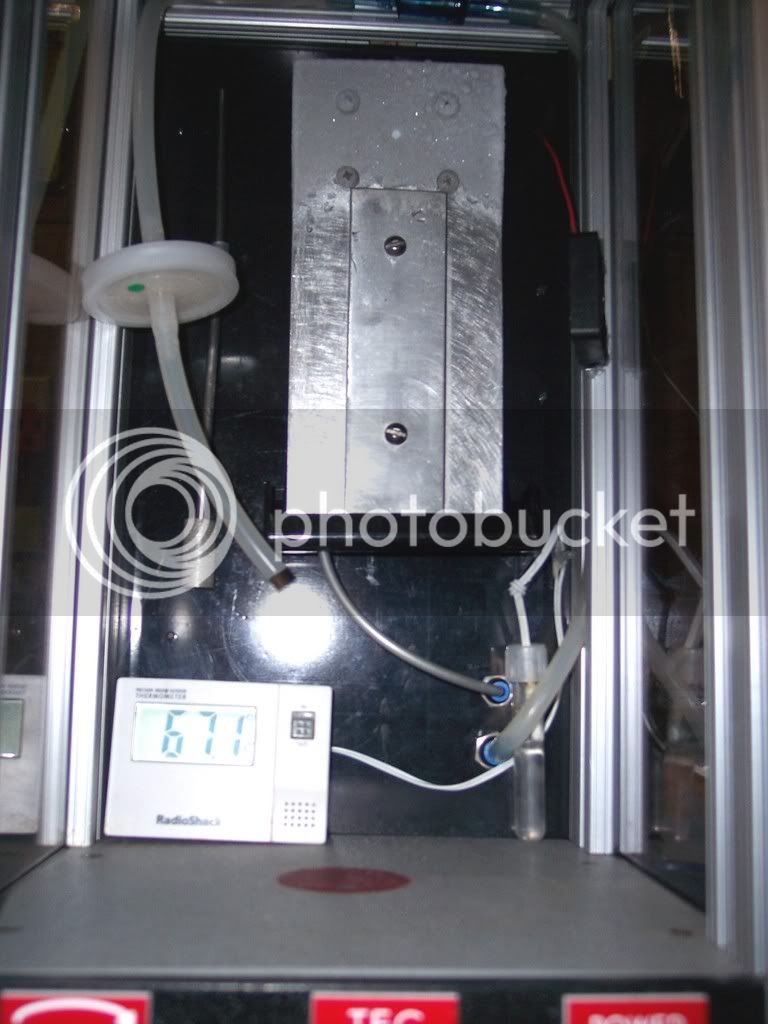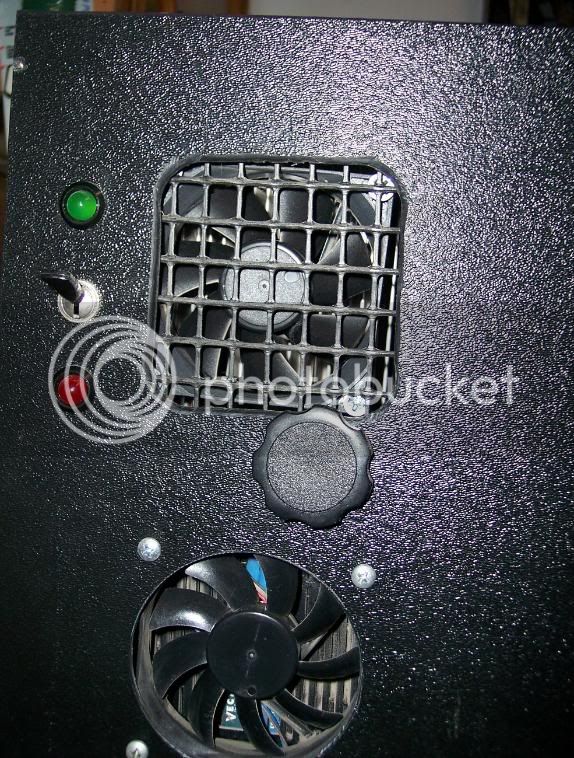I really think thermoelectrics can be used for keeping fermentation temps in check. I think they might not be up to the task for lagers, but should work fine for ales.
lamarguy, I have been kicking around a similar idea, scrapping the parts from a wine cooler to keep my fermenter cool. seems like everything one would need is in the box; power supply, thermostat, peltier device, heatsinks, fans. My only problem is that I have been unable to find a wine cooler for less than ~$80 and the ones in that price range seem to have a very limited temperature range.
Here's my take on it:
I picked up this little guy called a PAC400 made by waffer/masscool for $20:
Masscool AC-PAC400 PC AC Portable 82W PC Air Conditioner AC-PAC400
its basically a thermoelectric cooler for a computer. a quick google search will yeild many reviews in where it is shown to be inadequate for computer cooling, but does show the ability to drop incoming air temp by a solid 10 degrees F. I think that should be good enough to keep my fermenter from getting too warm, especially during the first 48 hours or so.
my idea was to build a "son of fermentation chiller" style box, but instead of trying to keep it cool with ice, I would mount this PAC400 device in the top, recirculating and cooling the air inside the box.
the most obvious issue would be to power this thing, which requires up to 6-7amps at 12 volts DC. my plan is to use an old atx power supply from a computer laying around for this task.
next thing to tackle would be a thermostat. I found this kit for $9 plus shipping:
Thermostat Electronic Kit MK138. it is adjustable from 41F to 86F, perfect range. it uses a small thermistor to determine temperature. I would think it would be pretty easy to extend the leads a few feet to drop inside a thermowell
now to hook this all up:
the ATX power supply supplies plenty of power at 12volts, but wont turn on unless one specifc wire is grounded. the relay on the thermostat should have no porblem completing this task as the turn on current is only a few milliamps.
the thermostat will require 12volts all the time to work, however. the ATX power supply has a constant on 5volt rail. using the plans I found here:
LM2577 5V to 12V DC Converter step up Voltage Regulator I should be able to build a 5 volt to 12 volt converter for less than $10. using this, I can take the constant 5volt power, convert it to 12 volts to run the thermostat, when the temperature rises above whatever I set it out, it will switch on the rest of the ATX power supply, providing the 12 volts to the PAC400 cooler. once the temperature drops back to below the setpoint, it will shut off the 12 volt side of the power supply and continue to monitor temperature, turning back on as neccesary.
if I can house the thermostat and voltage converter inside the ATX power supply, I should have a pretty clean setup that should give me good control over fermentation temps. I picked up the PAC400 and have ordered the thermostat. I just need to get the parts for the 5v to 12v converter, so it will still be a week or so before I can start putting it all together. all in all, it should cost a total of about $40, not including the foam board for the box.










![Craft A Brew - Safale S-04 Dry Yeast - Fermentis - English Ale Dry Yeast - For English and American Ales and Hard Apple Ciders - Ingredients for Home Brewing - Beer Making Supplies - [1 Pack]](https://m.media-amazon.com/images/I/41fVGNh6JfL._SL500_.jpg)



















































